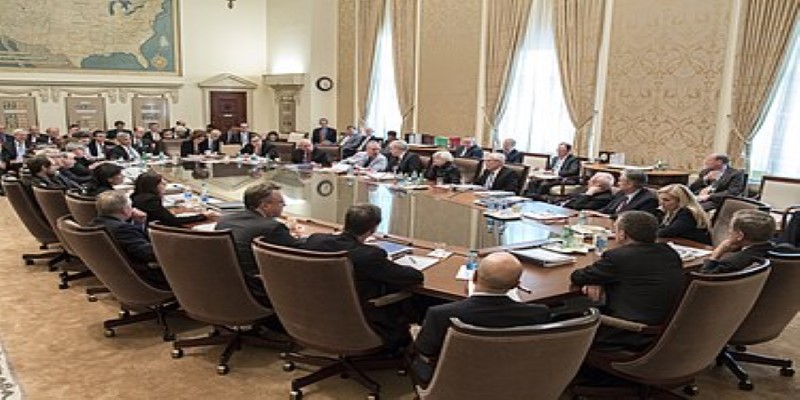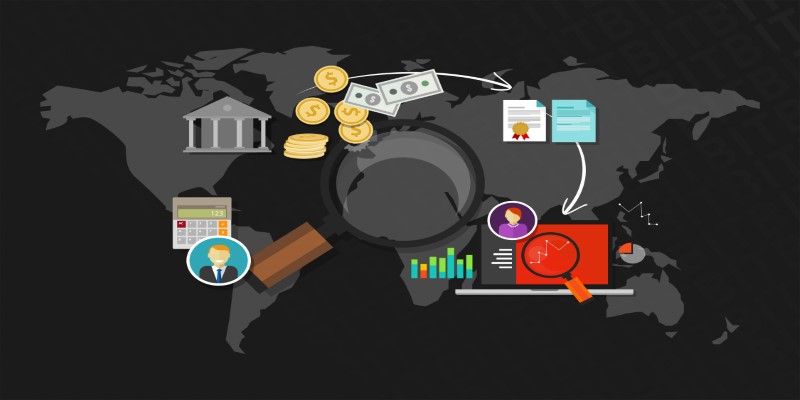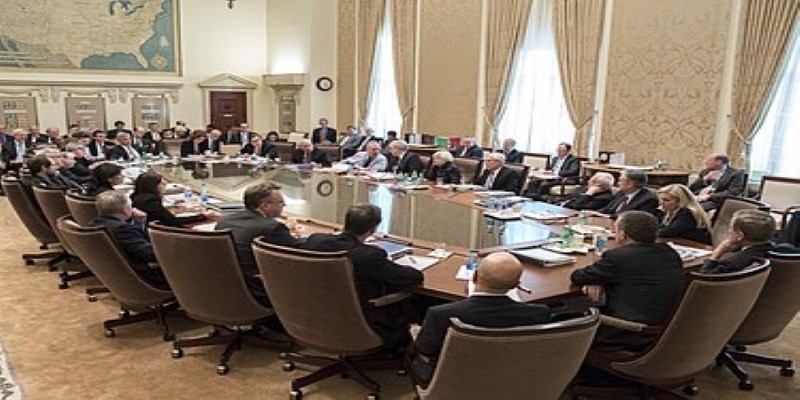the Role of the Federal Open Market Committee in the Economy
The FOMC is a strange-sounding name for an organization, but in fact, their efforts have gone into your life in ways you might not even be aware of the interest rate on your mortgage, the return on your savings, and even the cost of borrowing. All those outcomes have been greatly influenced by the FOMC. Understanding the FOMC, as well as how it functions, is important for any individual looking to gain a basic understanding of the way a complete economy is structured. This article hopes to explain in simple and tangible terms what the FOMC is, what it does, and why it exists.

How the Federal Open Market Committee Works?
The Federal Open Market Committee is part of the Federal Reserve System, the central bank of the United States. Its core function is the control of the country's monetary policy. The decision of monetary policy primarily revolves around the supply of money in circulation and the trend of interest rates. Such decisions are not taken lightly; rather, they are based on careful analysis of economic data, including employment rates, inflation trends, and consumer spending.
The FOMC consists of twelve members: the president of the New York Federal Reserve Bank, seven members of the Federal Reserve Board of Governors, and four regional Reserve Bank presidents who rotate annually. They convene eight times yearly to decide the state of the economy and set policy accordingly. Such meetings are far from being merely routine practice; they represent critical moments at which decisions regarding the future of the economy are taken.
Why the FOMC Matters to You
At first glance, the FOMC might seem distant from the average person's day-to-day concerns. But its decisions ripple through the economy, influencing everything from the cost of borrowing to the returns on savings accounts. One of the FOMC's primary tools is adjusting the federal funds rate, which is the interest rate at which banks lend to one another overnight. When the FOMC raises or lowers this rate, it indirectly impacts consumer interest rates, such as those for mortgages, car loans, and credit cards.
For example, when inflation rises too quickly, the FOMC might increase interest rates to slow down borrowing and spending. On the flip side, during an economic slowdown, the committee might lower rates to encourage borrowing and investment. These decisions aim to maintain a balance—keeping inflation in check while supporting economic growth.
Beyond interest rates, the FOMC's influence extends to employment. By controlling the money supply, the committee indirectly affects job creation. In times of economic expansion, low interest rates can lead to more business investments, potentially creating jobs. Conversely, during periods of high inflation, tighter monetary policy can cool the economy but may slow down hiring.
The FOMC’s Tools and Strategies
Open Market Operations

One of the primary tools used by the Federal Open Market Committee is open market operations. This refers to the purchase and sale of government securities in the open market as a method to control the money supply. When the FOMC buys securities, it injects money into the banking system, encouraging banks to lend more and boosting overall economic activity. Conversely, selling securities reduces the money supply, helping to control inflation by discouraging excessive borrowing and spending.
The Federal Funds Rate
The federal funds rate is another critical instrument in the FOMC's toolkit. It is the interest rate at which banks lend to each other overnight and serves as a benchmark for many other interest rates across the economy. By raising or lowering this rate, the FOMC can influence borrowing costs for consumers and businesses, thereby steering economic activity toward growth or restraint, depending on the prevailing economic conditions.
Quantitative Easing

In extraordinary situations, such as during financial crises, the FOMC may employ quantitative easing. This strategy involves large-scale purchases of financial assets, such as government bonds, to inject liquidity into the economy. When traditional adjustments to the federal funds rate are insufficient, quantitative easing serves as an additional measure to stimulate economic activity and ensure financial stability.
Economic Forecasts
The FOMC also shapes expectations through its economic forecasts. These projections provide insights into anticipated trends in growth, inflation, and employment. By sharing these forecasts, the FOMC helps guide businesses, investors, and policymakers, enabling them to make informed decisions that align with broader economic goals.
Transparency and Public Communication
In the past, the Federal Open Market Committee's workings were somewhat opaque, leaving the public and markets guessing about its decisions. Today, however, transparency is a cornerstone of its operations. After each meeting, the FOMC releases a statement summarizing its decisions and the reasoning behind them. Additionally, the committee holds press conferences and publishes meeting minutes, offering a detailed look into its deliberations.
This transparency helps reduce uncertainty in financial markets. When investors and businesses have a clearer understanding of the FOMC's plans, they can make more informed decisions. For instance, knowing that interest rates are likely to remain steady might encourage businesses to invest in expansion, while the expectation of a rate hike could prompt consumers to lock in loans before borrowing costs rise.
Conclusion
The Federal Open Market Committee plays a central role in maintaining economic stability through its control of monetary policy. While its decisions might seem distant from everyday life, their impact is felt in the interest rates on loans, the returns on savings, and even the availability of jobs. By carefully balancing the competing goals of controlling inflation and supporting growth, the FOMC seeks to create a stable economic environment that benefits everyone. Understanding the FOMC and its influence on monetary policy provides a clearer picture of the forces shaping the economy.











